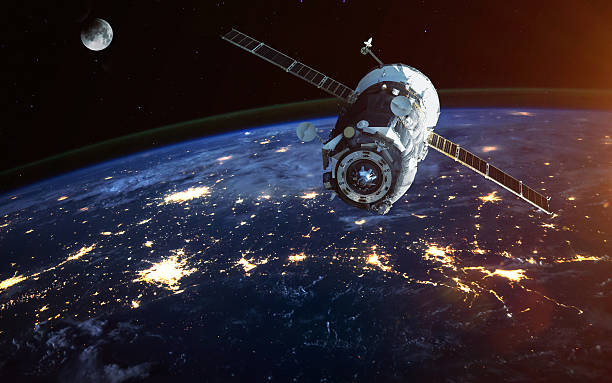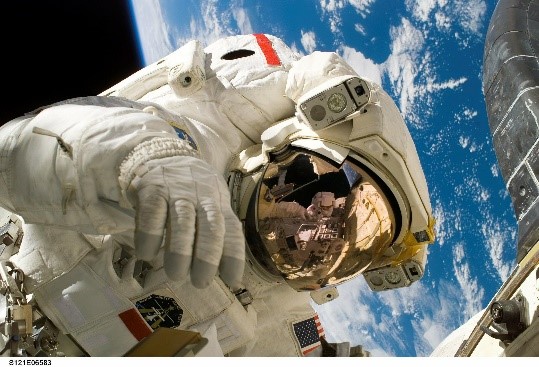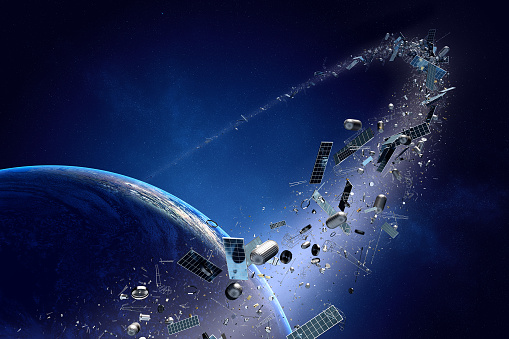On this page:

A new facility at HIAF enabling testing of space
Work on a new beamline for the Heavy Ion Accelerator Facility (HIAF) is enabling of testing space technology and will be vital for the growth of Australia’s space industry. This facility is the highest energy ion accelerator in Australia and will act as a springboard to propel the Australian space industry to the next level. Currently, testing of Australian-designed devices must be performed overseas, Access to local testing facilities will lower costs, and speed up space mission, which will increase international competitiveness for delivery of time critical missions.
Read more about the facility at HIAF
Monitoring premature babies and astronauts
Pawsey systems and expertise are being used to monitor premature babies on Earth and to monitor astronaut health. In partnership with the WA Department of Health, University of Ontario and University of Technology Sydney, Pawsey and its cloud service, provides real time data and analysis of neonatal babies - diagnosing potential problems with 98% accuracy.
Read more about protecting the lives of babies
Detecting 'missing' matter in the universe
The Australian Square Kilometre Array Pathfinder (ASKAP) is a radio telescope, and it has recently helped astronomers to detect ‘missing’ baryonic matter in the universe. Astronomy Australia Ltd. (AAL) Dr Stuart Ryder co-authored the paper describing the breakthrough. ASKAP has also been working hard to uncover more about the nature of Fast Radio Bursts (FRBs). FRBs were also central to the recent discovery of the missing matter.
Read more about universe matter
To boldly go where no supercomputer has gone before
For thousands of years, we have stared at the stars and wondered ‘are we alone in the universe?’ Understanding our own Solar System has developed in the last 50 years. Dr Chenoa Tremblay and her team are using Pawsey’s systems to analyse data from radio telescopes to finally answer one of the most fundamental questions of our existence.
Read more about Dr Chenoa Tremblay's project
Scientists have found the world’s oldest asteroid strike
The world’s oldest remaining asteroid crater is at a place called Yarrabubba, southeast of the town of Meekatharra in Western Australia. Curtin University scientists found the world’s oldest asteroid strike in WA using Auscope facilities enabled age dating equipment and the story has ‘gone viral’ globally on Guardian Australia, BBC and CNN websites after being published on The Conversation.
Read more about this asteroid strike